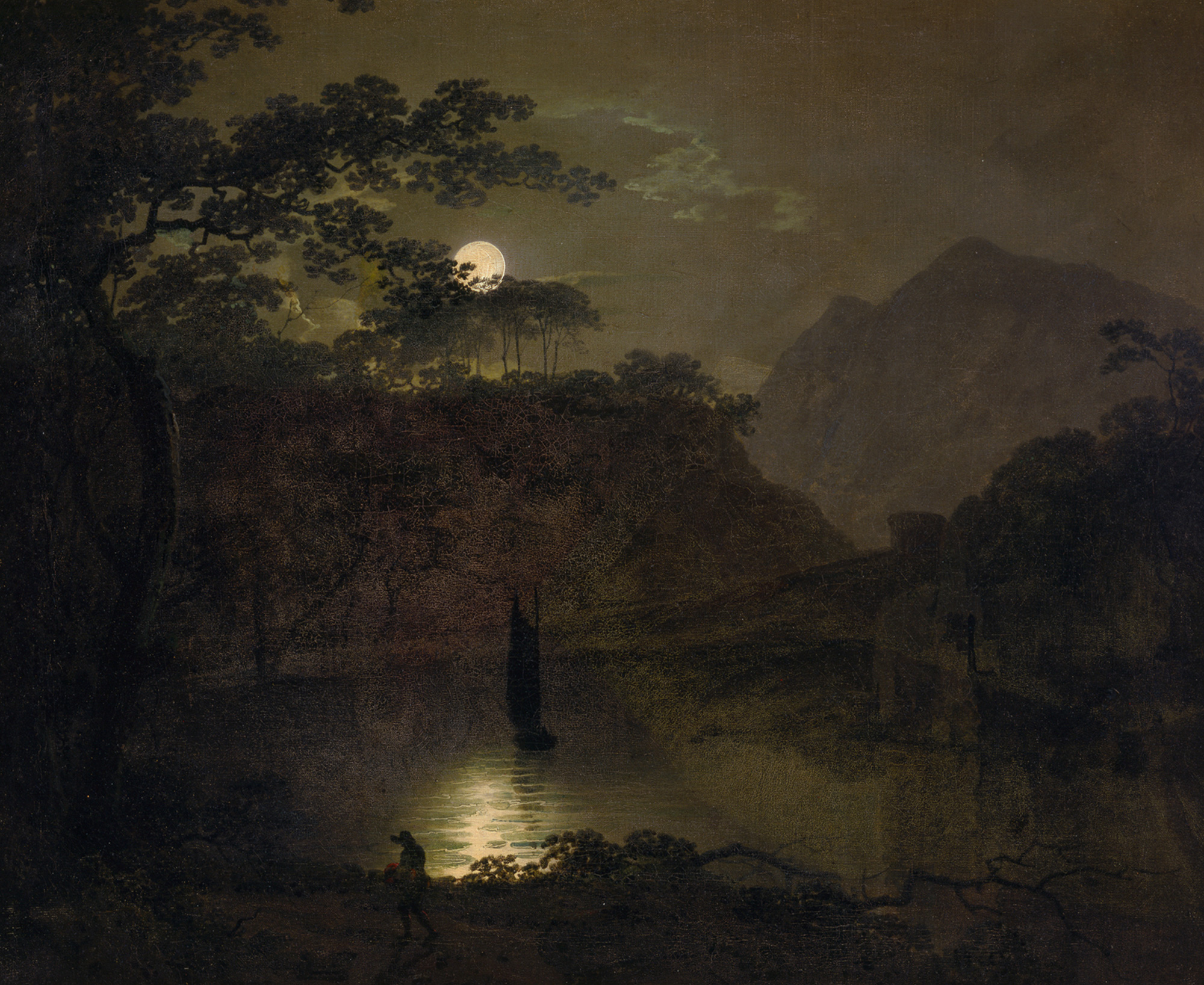Pale Sun of the Night
By the light of the silvery moon
Bernd Brunner

That the moon shines is irrefutable, but just how bright is it? There is no easy answer, because the intensity of moonlight—measured in lux—varies considerably and is influenced by several factors. The full moon’s luminance is about 25 times greater than that of the quarter moon, and 250 times greater than that of a clear, moonless night. The distances between the earth, the moon, and the sun, which change because the terrestrial and lunar orbits are not perfect circles, also have a bearing on the intensity of light. The moon’s lighter highlands reflect much more sunlight than do the darker areas—12 to 18 percent compared with 5 to 10 percent. Also affecting the moon’s brightness is the phenomenon of atmospheric extinction—that is, the loss of light as it passes through Earth’s atmosphere. In dry, clear air, the atmosphere has relatively little impact, but moist or dusty air mutes the intensity of moonlight; thus moonshine can appear particularly intense in dryer climates. Apart from the air quality, the very amount of air through which the light beams pass—measured in units of “air mass”—can vary. Moonlight passes through one air mass when the moon is directly above us, forty when it is on the horizon. These two factors can combine to produce enormous variations in how bright the moon appears. But even at its most intense, the moon’s light is of dramatically low intensity compared with the sun.
Yet a question remains. A piece of jet-black coal exposed to sunlight here on Earth is black no matter what, so why do we perceive the full moon in the sky as white even though the material that makes up its surface is gray or black? This used to be attributed to the diffuse reflection of all the wavelengths of sunlight, but recently scientists have suggested a different source for the illusion. According to Sobha Sivaprasad and George M. Saleh of the Princess Royal University Hospital in England, “the eye computes the color based on relative inputs.” Compared with the black of space that surrounds it, the moon undergoes “an artificial brightening,” and as a result, we visualize the gray moon as white. Robert W. Kentridge of the University of Durham offers an alternative explanation. He believes that the moon “is most likely seen as white because it is mistakenly perceived as being lit by the same illuminant as its surroundings when, in fact, its direct scattered illumination is far more intense than the scattered illumination of its apparent surroundings.” Moon rock viewed up close on Earth appears dark “because there is no confusion about its illumination.” As Paola Bressan of the University of Padua reminds us, the understanding of this mechanism can be credited to Adhémar Gelb, who in 1929 suspended a disc made of black paper in a dark room and illuminated it with white paper. “The fact that it was actually black became evident only when a larger surface of higher luminance, such as a sheet of white paper, was brought into the beam of light and placed behind the black disc,” Bressan explains. “But as soon as the white paper was taken away, the black surface went precipitously back to white, demonstrating that perception was impermeable to the knowledge of the ‘real’ colour of the disc.” The so-called Gelb effect shows “that the highest luminance in a scene appears white” and confirms that “the moon looks white simply because it is the brightest region in the nocturnal sky.”